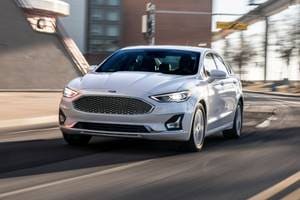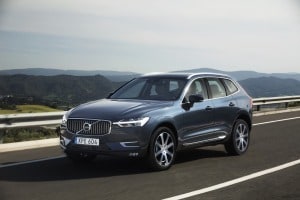Who's Not Buying New Cars?

A key buzzword for auto sales these days is "pent-up demand" — those purchases that consumers didn't make during the recession and early recovery. Edmunds.com estimates that nearly 11 million sales were lost during the recession years alone, of which there could be at least four million new car buyers still waiting to come back to market. But who are these would-be buyers? Here are several key groups who have bought fewer cars in recent years:
1. The Young and the Restless: Young adults aged 18 to 34 accounted for nearly 30 percent less of new cars bought in 2011 than in 2007, according to new car registration data from Polk. Yet, this group's share of the total U.S. population remained stable during the past five years and, despite decreases in licensed drivers among the younger members of the group, the share of licensed drivers aged 18 to 34 also barely changed. But, with higher unemployment, lower income and less education than previous generations at this age, it hardly comes as a surprise that these younger adults have failed to buy new cars at the same rate as their predecessors.

Younger adults aren't alone in their lack of new car-buying. The share of sales to adults aged 35 to 44 has fallen nearly 25 percent, according to Polk. While this demographic group did decline in size as its older members, the youngest of the large Baby Boomer cohort, moved up to the 45 to 54 age group, the loss of car sales share outpaced the population shift. This result is rather surprising since this group's unemployment rate sits well below the national average. Also, more importantly, the most recently available (2010) Census Bureau data on income shows that median household income has rebounded more for 35 to 44 year olds than for any other age group of the working age population (18 to 64 year olds). One factor that appears to have contributed to the car sales drop is the fairly sizable decrease in licensed drivers among this age group. New car-buying could also be constrained by the impact of the collapse of the housing market on this age group — many of whom likely bought their first homes during the peak of the bubble and may now find themselves under water on their mortgages. This age cohort could also have adopted a new financial austerity, adopted in the face of persistent economic uncertainty and a looming future fiscal cliff.
2. The Subprime Lineup: Auto sales boomed pre-recession in large part due to readily available credit. When credit tightened during the recession, auto sales fell accordingly. Experian data shows that the average credit score on new car loans rose from a low of 749 in the fourth quarter of 2007 to 776 in the first quarter of 2010 as lenders dramatically cut back on loans to subprime borrowers. Edmunds.com estimates that at least half of subprime buyers lost access to the new car market and that the majority of that group has not returned. But, lenders are becoming more generous again — one indicator is that the average credit score on new car loans fell to 760 in the first quarter of 2012. As credit has expanded, new car purchases by this group have also grown.

3. The Incomers: Nominal disposable income per capita has increased roughly $3,000 since 2007 but real purchasing power is down almost 10 percent since that time. Not surprisingly, consumers with less income have bought relatively fewer cars. From 2007 to 2011, the share of new car registrations decreased by 10 percent for consumers earning under $50,000 per year, according to data from Polk. The good news is that for much of the working age population — namely, car buyers aged 25 to 64 — the share of new car registrations for the under $50,000 income group has improved somewhat since bottoming out in 2009. Weakness still remains, though, for youngest and oldest buyers in this income group.

Lacey Plache is the Chief Economist for Edmunds.com. Follow @AutoEconomist on Twitter.





